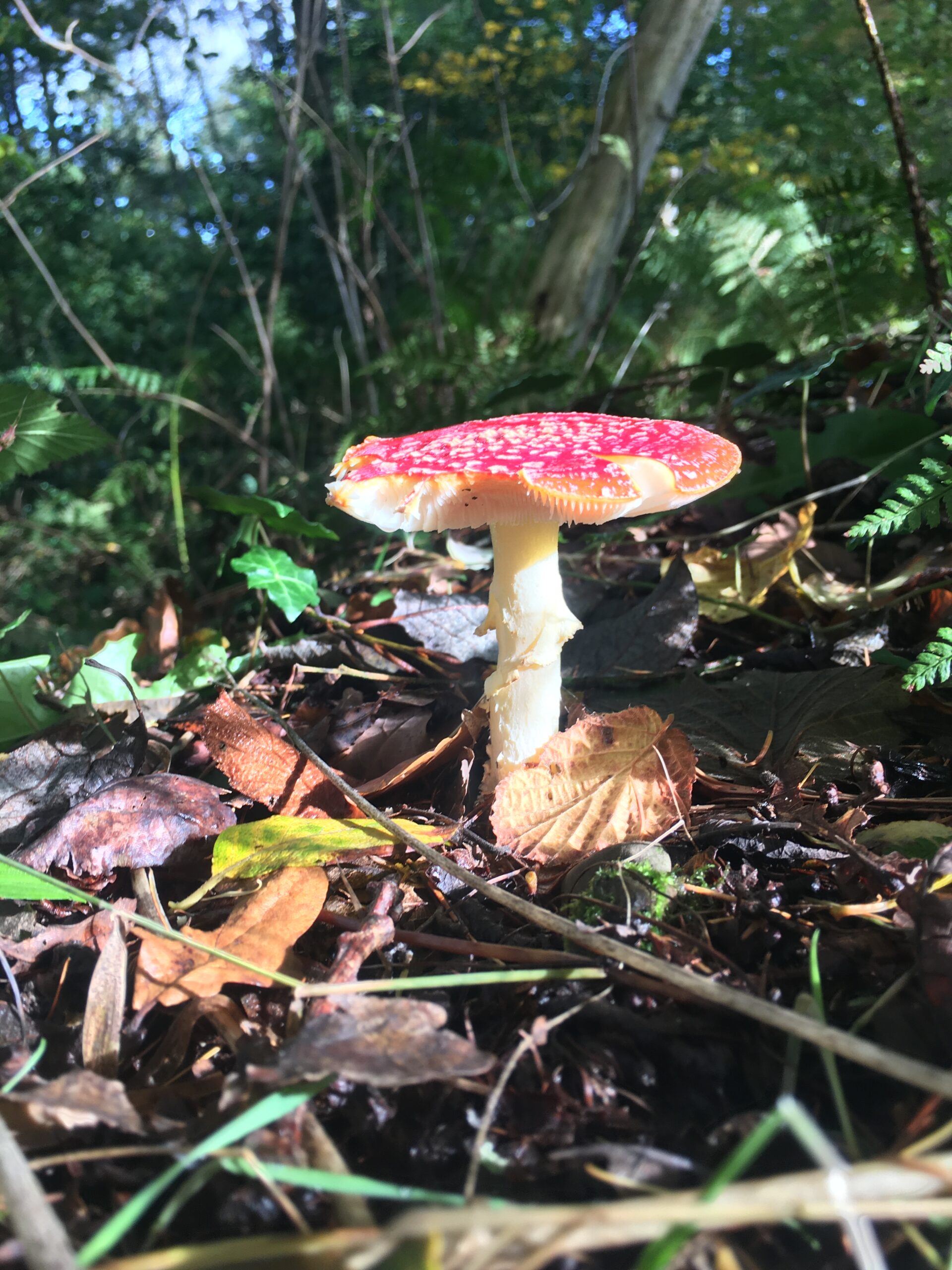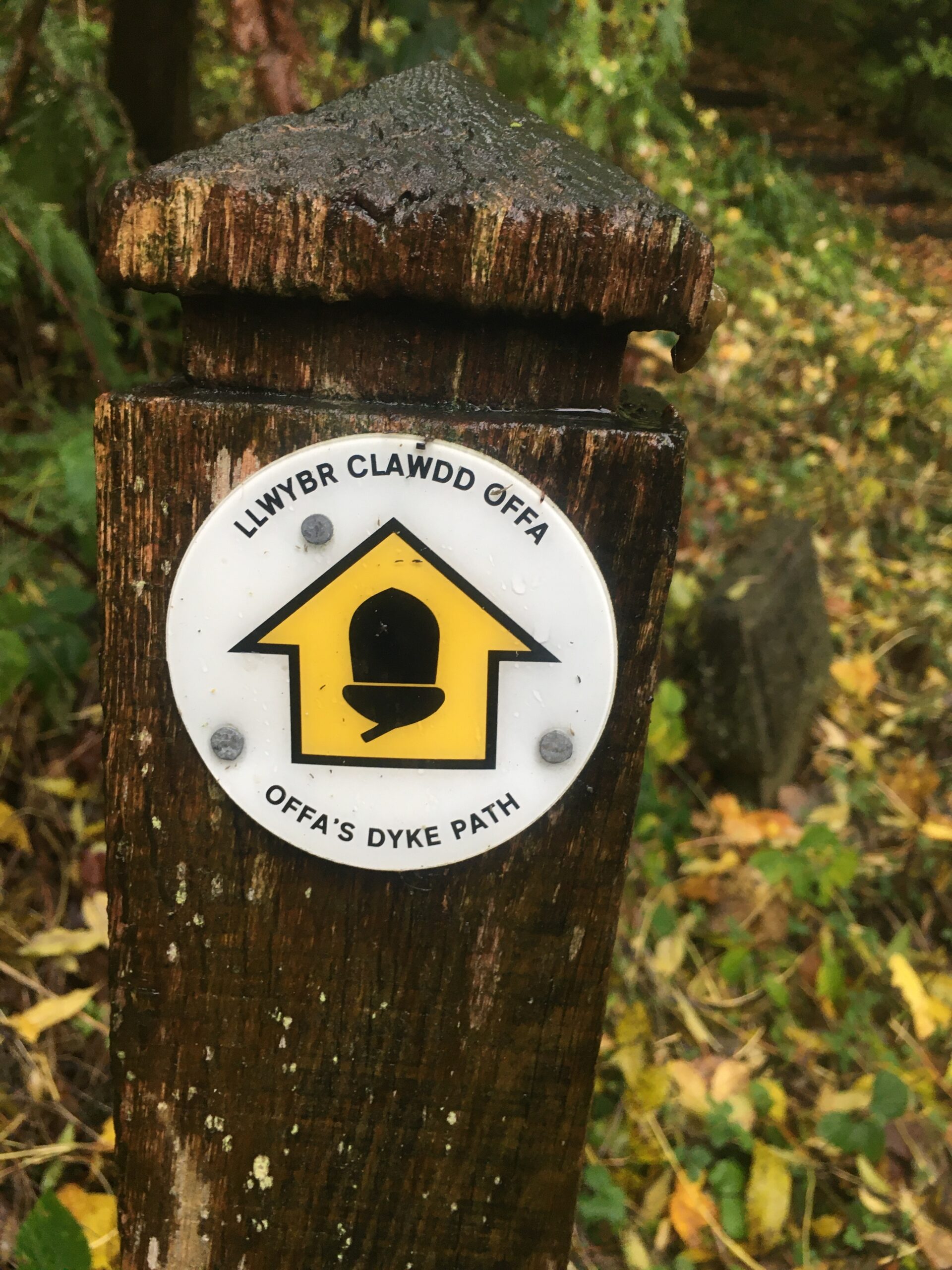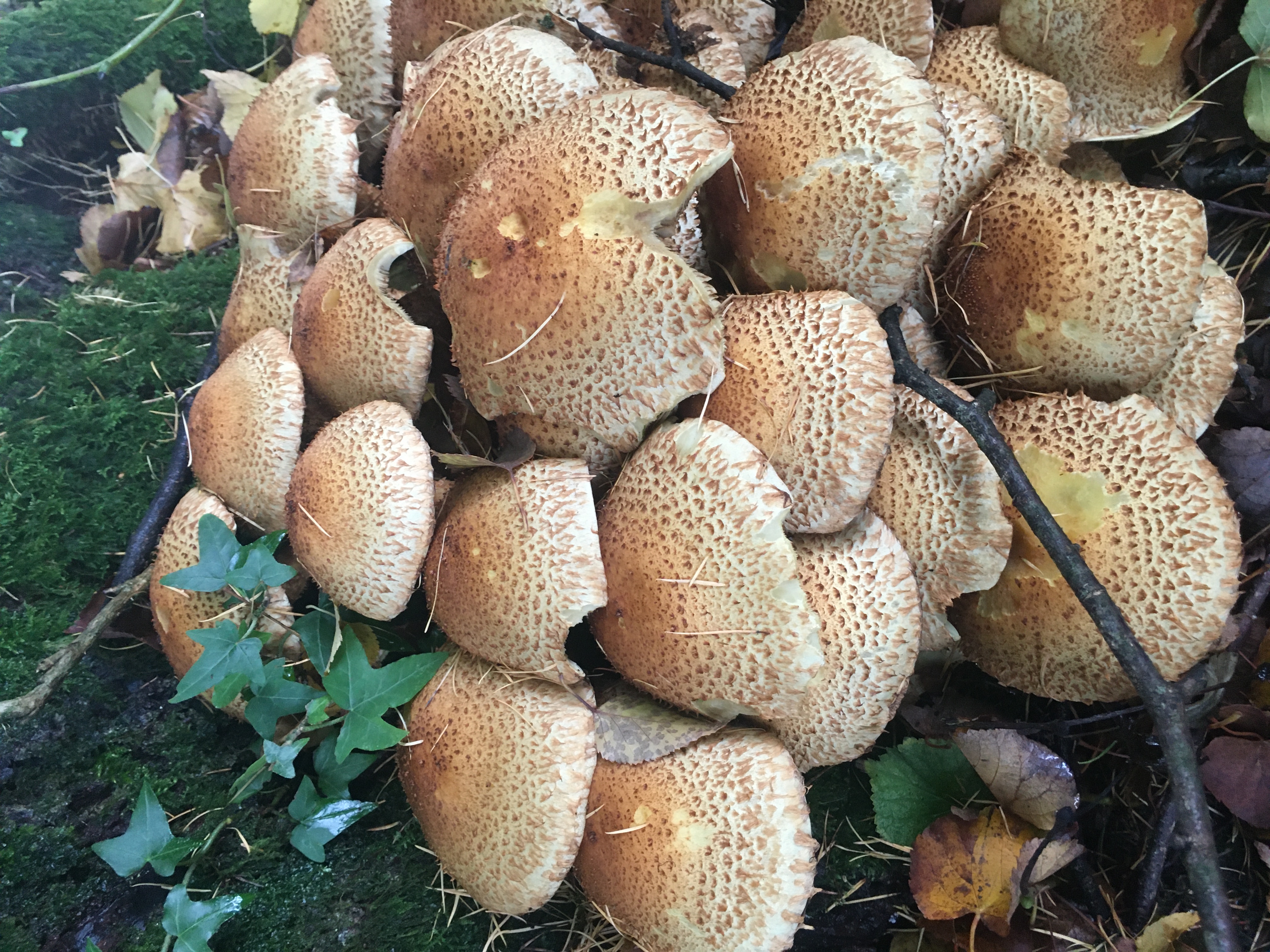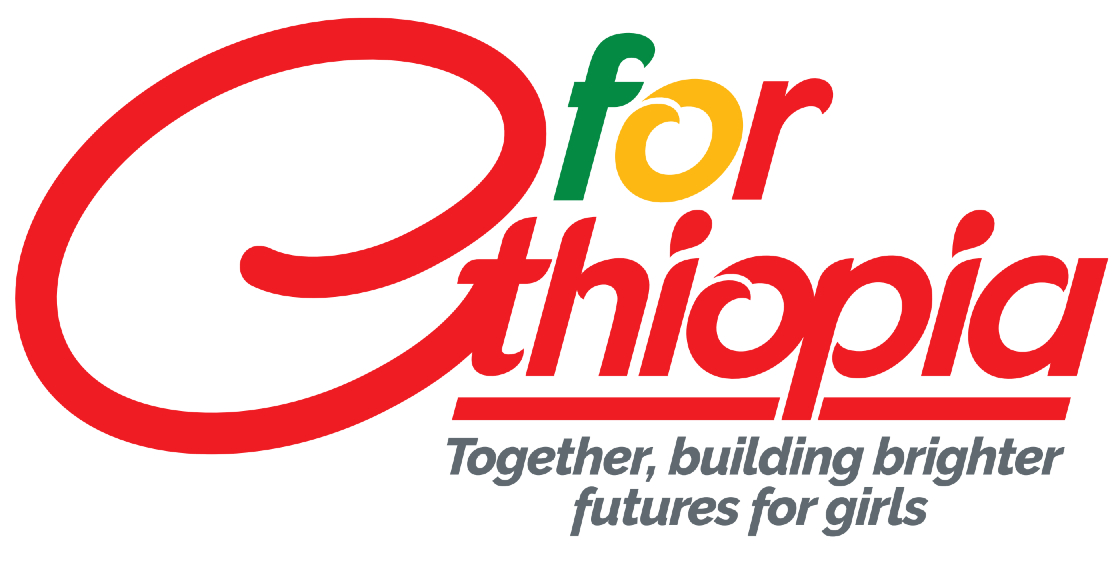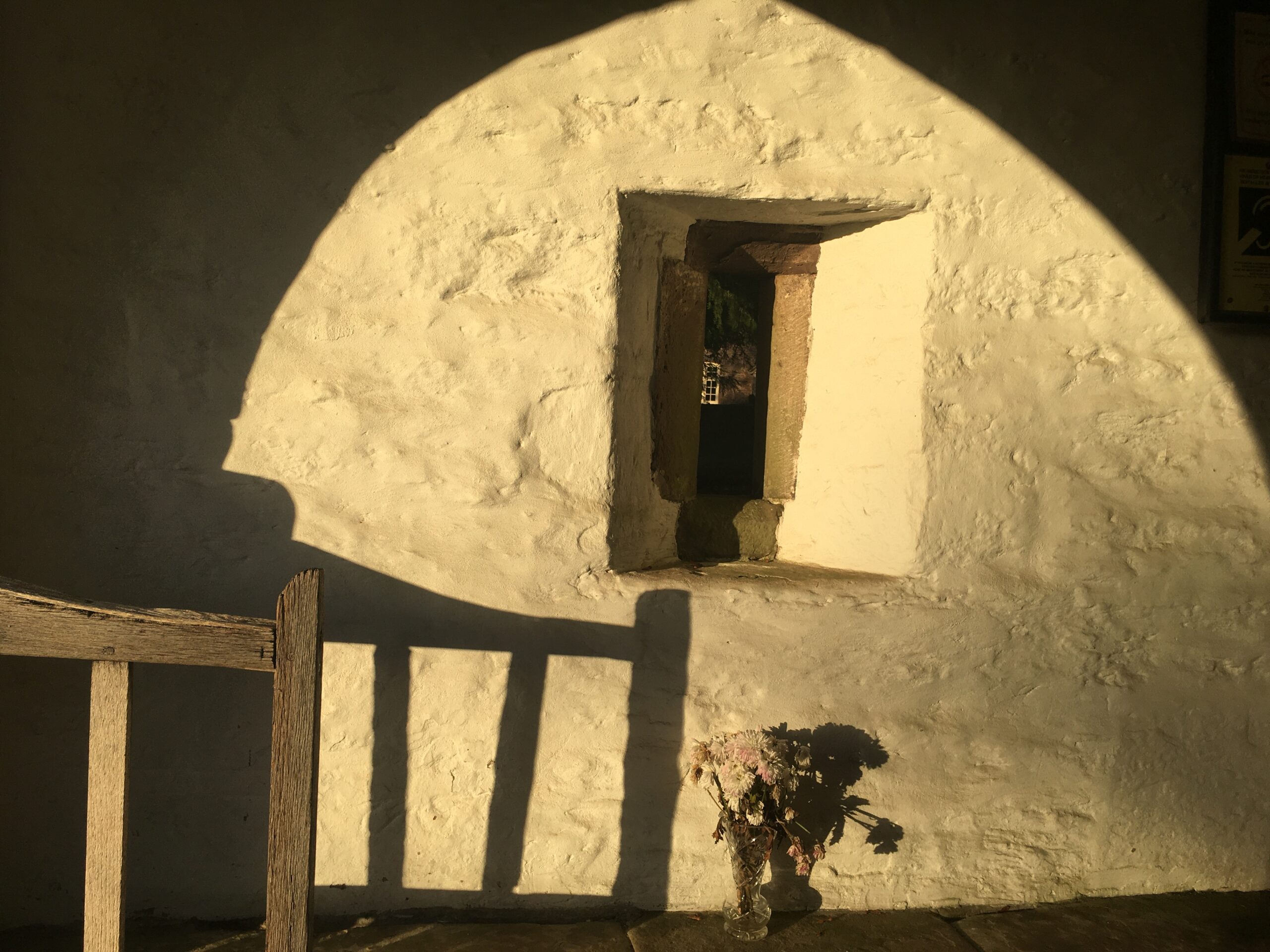

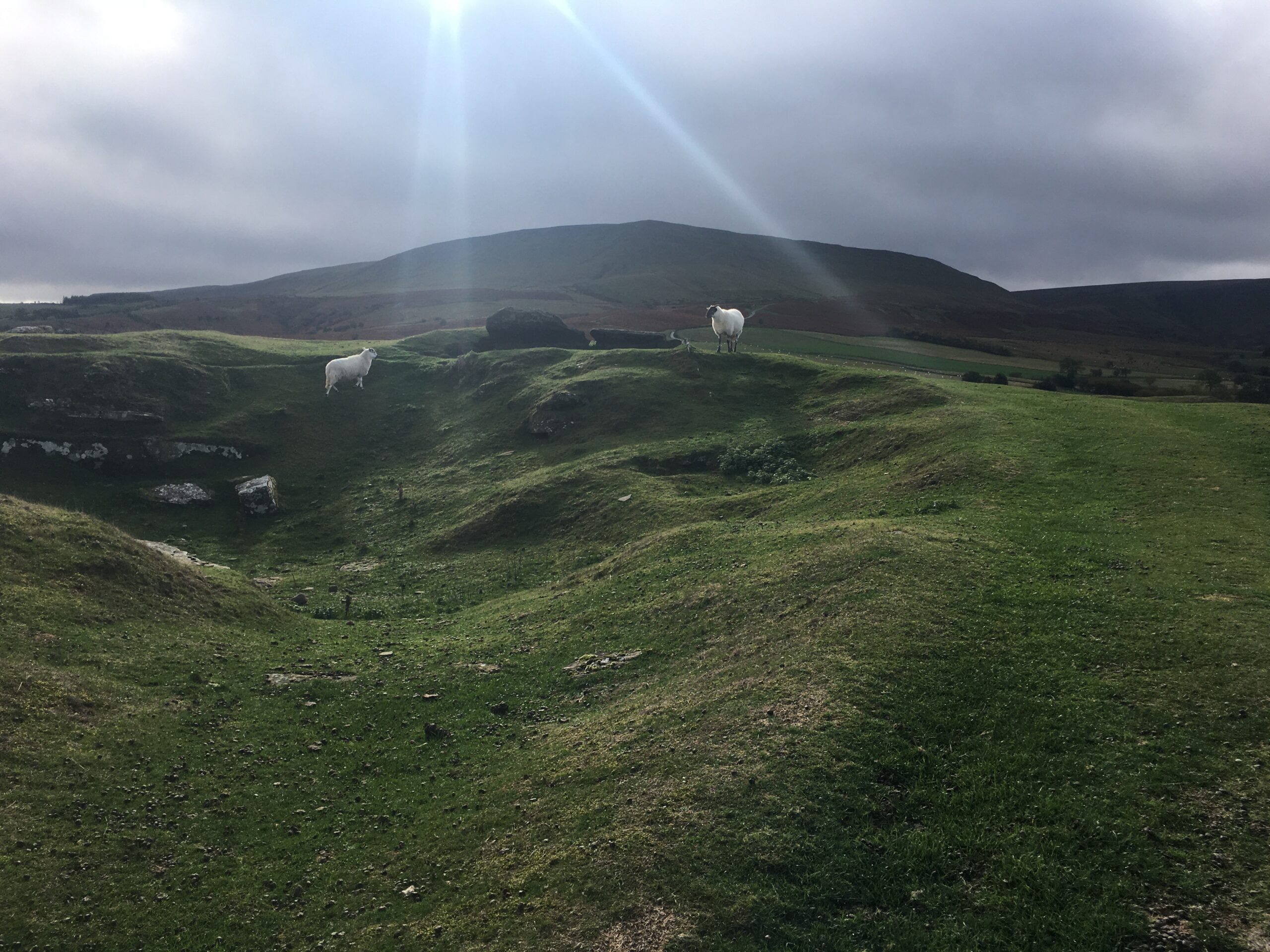
In 2010 my son was born in a room along a corridor the other side of swinging double doors. It had taken seconds for the medical team to enter. My wife and I had been patiently waiting to hear whether we should go home and wait a few more hours or whether it was ‘green light go’ for baby to arrive. The midwife had thought for a moment then looked up at me and told me to press the red (emergency) button on the wall. Our son, whose cord had been ahead of him on his journey into the world, arrived by emergency C-section not long afterwards and was brought to me. My hands shook as I put on the first nappy and conversed with a groggy partner and gurgling new-born an hour or so later.
It had been about three years earlier that I had been stood in the compound of the medical college campus at the University of Gondar in the Amhara region of Ethiopia visiting Gemma for lunch before my afternoon lectures began. A party of 6 to 10 men carrying a bedframe above their heads arrived outside the gates. They placed the bed down, and nearly all collapsed on the ground just beyond the threshold as you might see athletes do at the end of a gruelling marathon. It turned out that on that bed was a woman in labour, clearly in trouble. The dedication of the runners to get their family members or neighbours to the hospital has stayed with me and helps me understand why supporting efforts to equip and resource medical centres and maternity suites in rural areas such as where this ‘ambulance’ had started its race for life is so important. For Ethiopia have recently helped do this in Addis Alem, Ejere and in return the local authority is providing a doctor and equipment. In October 2022, I had the chance due to unforeseen circumstances to do something more to help.
Experiencing burnout is not pleasant. It gets in the way of performing the most mundane tasks and it isn’t very well understood, so the right support is not always available. However, while experiencing the complete exhaustion and undermining of professional and personal confidence that goes with this stress-induced illness, I knew that things could be worse. I was lucky not to be in a conflict zone, to have reasonable access to medical professionals for advice and healthcare, and the water, electricity, gas and internet were all likely to remain available each day. That is not the case for everyone who is trying to manage work, family, and illness including during a Pandemic.
This trek was about helping me recover from burnout and give myself some breathing space to explore my professional purpose. However, in coming to fruition, it became clear there was an opportunity to support the excellent work For Ethiopia does to support projects that promote sustaining girls’ engagement with education, including into higher education, and better medical and maternity facilities. I wanted every step of the 82-mile trek to bring about better outcomes in these endeavours by raising funds to support this work led by the local team in Ethiopia who steer project aims and management. Now, I had the chance to give six days over to letting the trail and the weather rather than other factors decide the demands of the day.
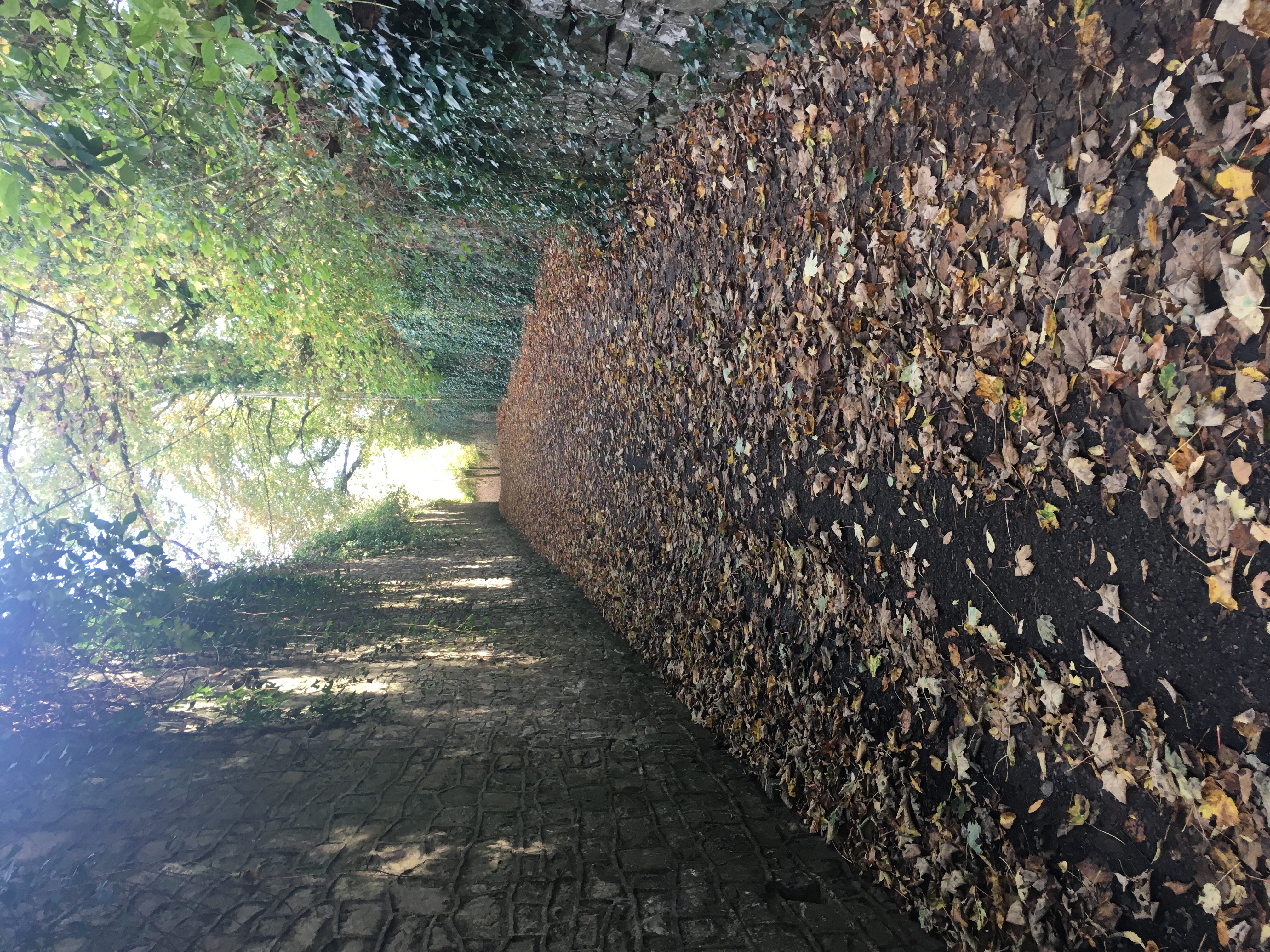
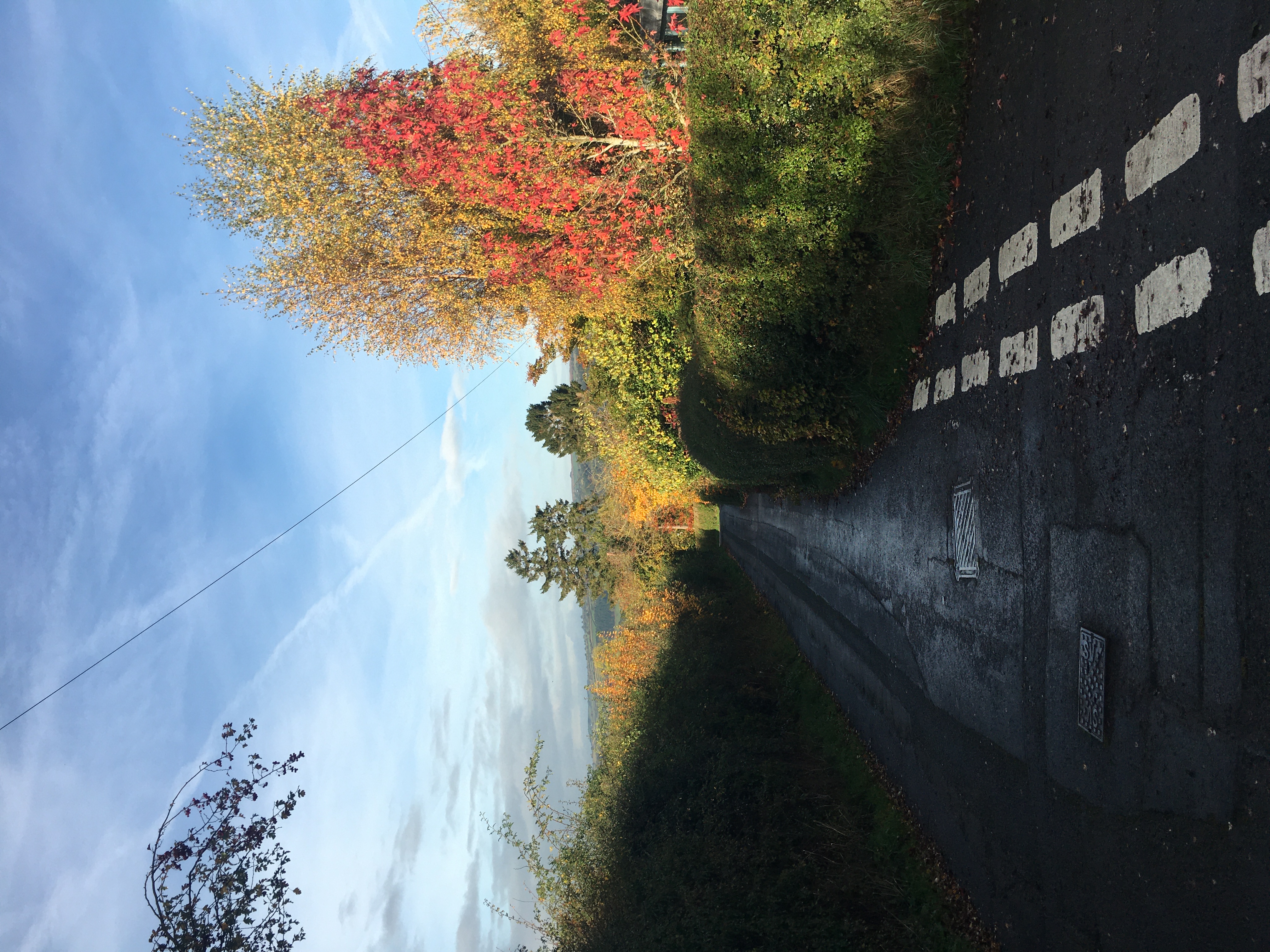
What I didn’t expect were the colours and sunshine of an abundant and glorious Autumn. So many times, I stopped and looked and breathed deeply. Sometimes, I just looked and listened. It became a precious state of being free to stop and observe within the constraints of a greater purpose. Other than making it to shelter each night, I needed to pathfind and source food and water. I also wanted to keep donors and family and friends up to date with my progress and experiences, to remain connected and show that it mattered that people had given to the charity and shown me support and encouragement. It was a complete change from the usual sets of demands.
I didn’t always know how my body would respond to the challenges. At least two days seemed on paper to be beyond my comfort zone. Each day, my feet hurt a lot. That said, I began to feel fitter and relax into how my sense of what I could do extended again beyond the limits burnout had imposed on me. I was beginning to leave the exhaustion behind and regain a sense of enjoyment again in planning complex processes and taking on a challenge.
It was often towards the end of the day that my feet started to make it clear that this sort of treatment was not what they had originally signed up to. On the last day, a dis-spiriting there-and-back 3 mile round trip to the cliffs was necessary. This test of endurance brought to mind recollections of walking to work in Gondar. I had often found myself walking alongside school pupils who would make the rough-track journey in all weathers in sweltering heat or the rainy season’s afternoon deluge. These memories of shared walks along the way helped me get to that shoreline on the Severn Estuary. Memories of smiles, determination to access education and willingness to start up a friendly conversation with someone so very poor in communicating in Amharic kept my spirits up during painful hours.
In total, the trek has raised over 185% towards the intended target amount. This is testament to the generosity and meaningful good actions of over 30 donors who supported this fundraising event. Others provided encouragement and well wishes that went far in building my confidence to take on the challenge. I hope I have been able to provide something in return by connecting all those involved with the awesome natural environment we enjoy in the UK and the inspiring work of the project teams supported by For Ethiopia. Do take a look at the charity’s website for more on innovative and inspiring current projects around period poverty and education. Here is a link to the Just Giving page as it’s never too late to support these projects or to top up the funds now the challenge has been smashed!
Thank you to everyone I met on the trek who helped with directions, accommodation, food and/ or morale. This list is long! Now, where is that guide to walking in Scotland…?
